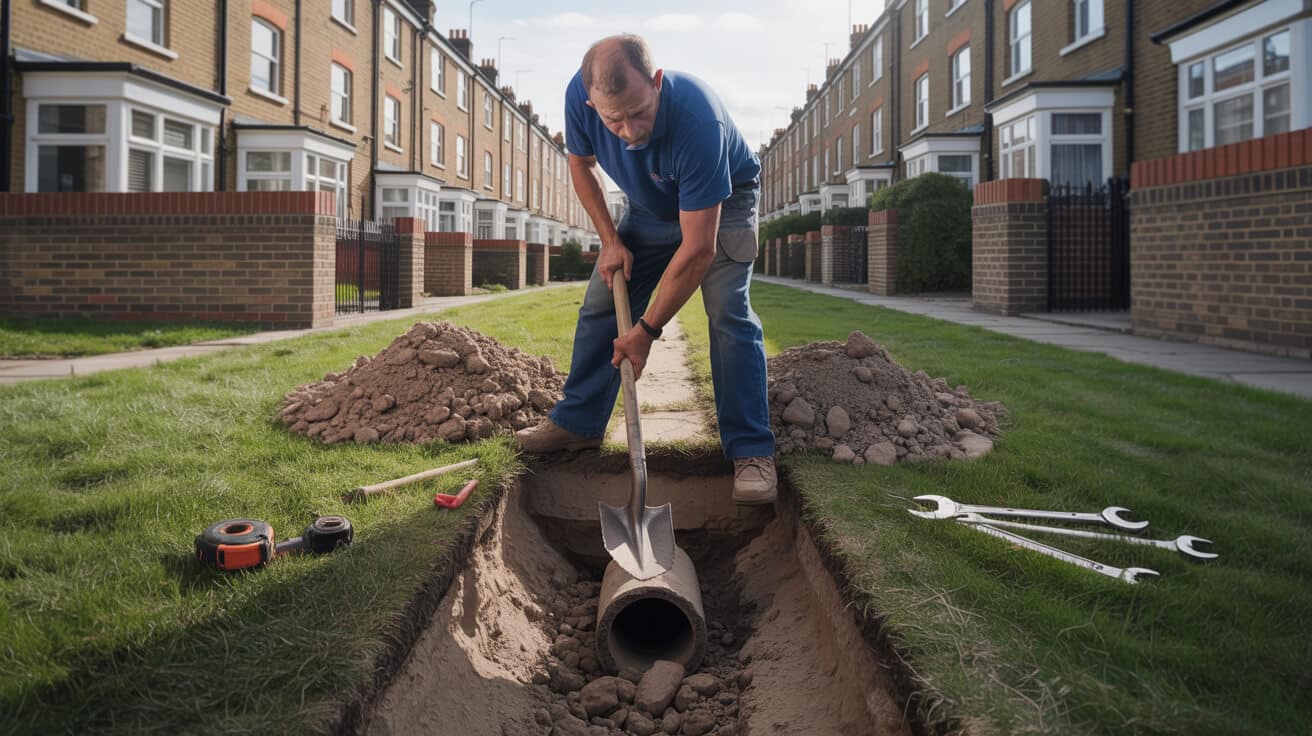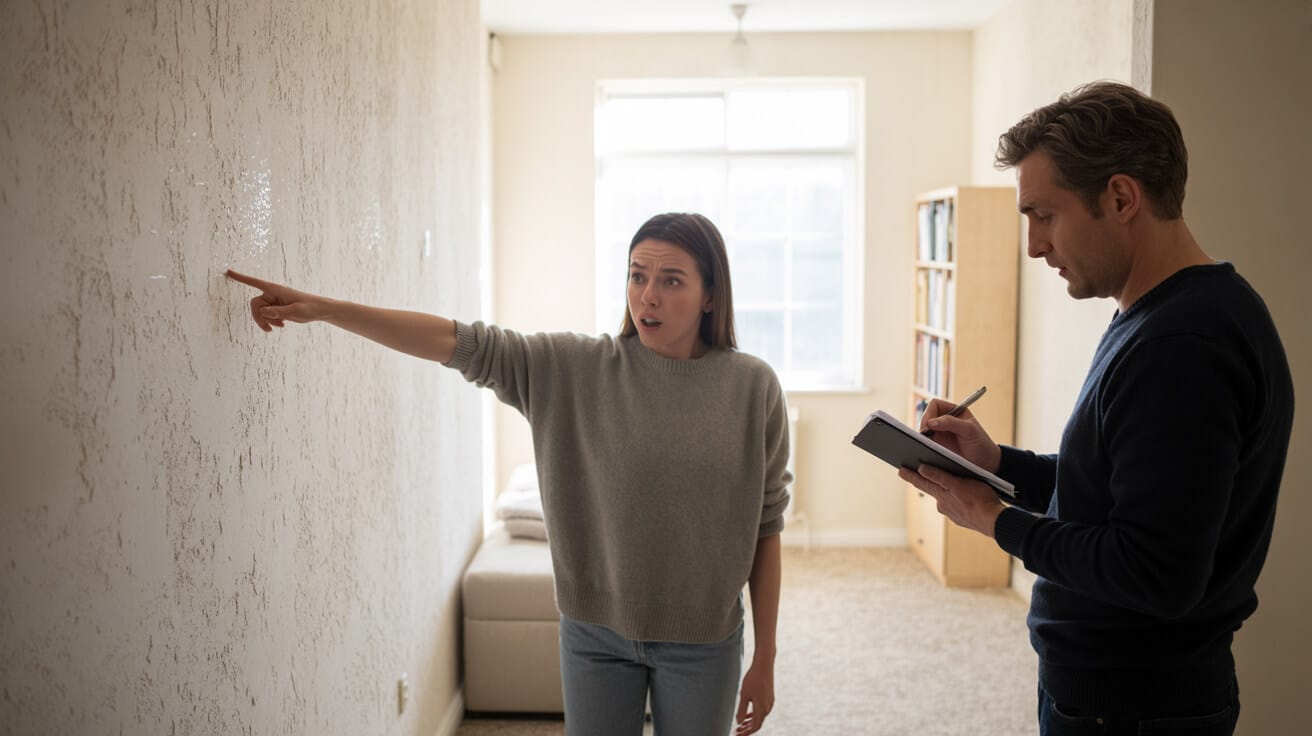 Listed Building Heating Planning Permission and Efficiency
Listed Building Heating Planning Permission and Efficiency
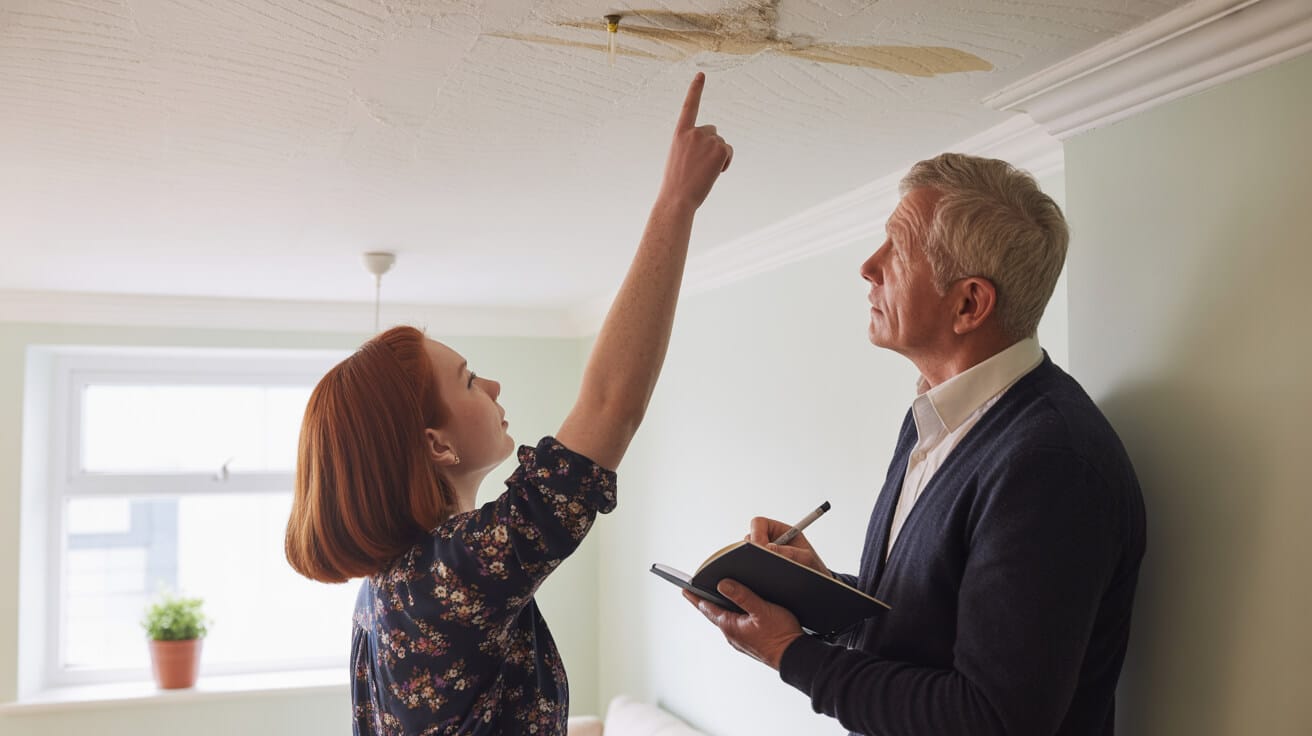
Can You Legally and Efficiently Upgrade Heating in a Listed Building?
Modern comfort shouldn’t be off-limits because your building carries history on its shoulders. If you own, manage, or advise on a listed building, heating upgrades are more than an engineering project—they’re a tightrope walk between comfort, heritage, and regulation. The real challenge? Delivering warmth and efficiency, without stumbling into non-compliance or risking the value and character of the property. This guide strips out the guesswork: where the rules matter most, which upgrades trigger scrutiny, how to bulletproof your consent records, and how a hands-on compliance expert like Plumbers 4U makes a seamless upgrade possible. Your goal isn’t just warmth—it’s a legacy property that stands strong on every audit, resale, and cold winter night.
Heritage shouldn’t mean hardship—comfort and conservation are both achievable if you lead with compliance, evidence, and the right expertise.
What Does Listed Building Consent Really Mean for Heating Upgrades?
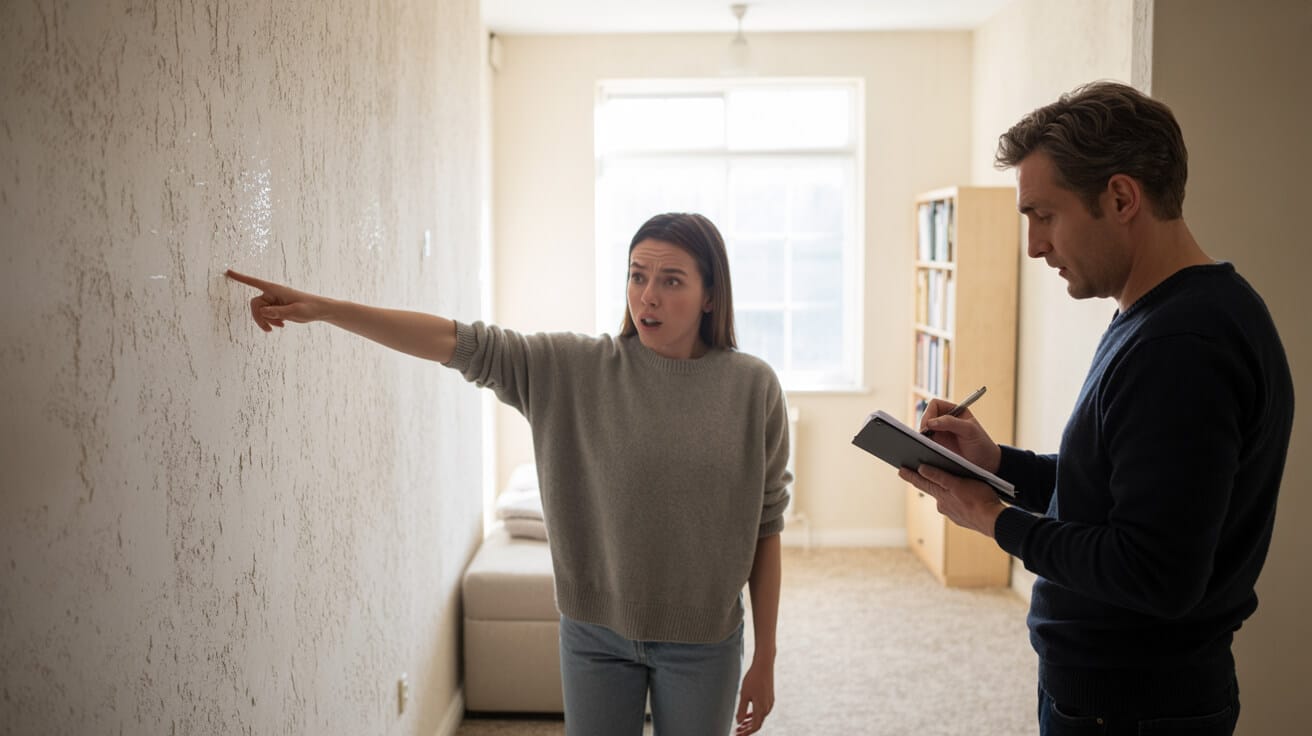
Heating upgrades in listed buildings aren’t just about technical compliance—they’re about visibility, reversibility, and protecting character. Any work—regardless of size—that “affects the special architectural or historic interest” of a property requires listed building consent. This is an explicit legal philtre that applies before you even lift a floorboard, fit a new flue, or route new controls (Historic England).
Why Even Small Upgrades Need Permission
Here’s what typically triggers the process:
- Replacing or moving boilers and flues: A new position may impact exterior appearance, involve core drilling, condensate routing, or alter the property’s fabric.
- Shifting radiators or pipework: Even “like-for-like” swaps can harm original finishes, cornices, and floors.
- Installing modern controls: Cable runs, wall fixings, or drilling into heritage plaster brings planners into the decision.
- Underfloor heating and insulation: Lifting or altering floors—often the most historically sensitive part of any property—will almost always require careful documentation.
The big mistake? Assuming “no one will see it” means it’s exempt. Most regulatory breaches result from unintentional ignorance, not outright defiance.
If your heating plan isn’t on file, it may end up as a fine.
Your Line in the Sand: Written Consent
Consent isn’t verbal, and it can’t be issued retroactively. It’s a full statement—reviewed, approved, and stored by your local authority. Future owners, insurers, and council officers will check for one thing: documentary proof. Without it, the property is legally burdened, regardless of how well the work was done.
Action point: Always engage with your conservation officer and provide a detailed plan that demonstrates how your upgrades will be discreet, reversible, and fully logged. Photographic records (before and after), engineering drawings, and a clear method statement show professionalism and build trust with authorities.
What Are the Risks of Skipping Consent or Inadequate Documentation?

Bypassing the consent process is never simply a slap on the wrist—it can haunt owners, agents, and managers for years (Fourth Wall BC).
Legal and Financial Fallout
- Enforcement orders: Councils can force you to reverse changes, at your own cost, even years after the work. Some owners have been required to put entire heating systems back to their original state.
- Criminal liability: Unauthorised changes are criminal offences, not just planning errors. Fines are potentially unlimited, and properties with unresolved works struggle to sell or insure.
- Sales, grants, and insurance blocked: Mortgage companies, grant funders, and insurers require unbroken evidence chains. If you’re missing documentation, your application may hit a dead end ([Planning Resource](https://www.planningresource.co.uk/article/1209022/listed-buildings-conservation-areas-archaeology-q—dcp-section-437?utm_source=openai)).
- Latent liability: Problems surface at the worst time—right when you’re ready to sell, refinance, or after a flood or fire.
The price of missing paperwork is paid at the worst time—when you need proof the most.
Future-Proofing with Documentation
A property file covering every step—from surveys and consent letters to commissioning photos and part codes—ensures audit-proof peace of mind. This is your best protection for value and transferability.
Protect yourself: Start a compliance logbook for your property now. Make it a living file: include contractor accreditations, consent letters, photographic evidence, specifications, and warranty documents. A clean file is not bureaucratic bloat; it’s an insurance policy, a reputation-builder, and a sale accelerator.
Which Heating Upgrades Trigger Permission—and Which Might Not?

Different upgrades hit different risk levels with authorities, but almost anything that changes the building fabric, appearance, or core services is going to require careful attention.
Upgrades Nearly Always Scrutinised
| Upgrade Type | Potential Impact | Consent Status |
|---|---|---|
| Boiler or flue swap | Alters vent, roof, or wall | Yes/Usually |
| Heat pump (air, ground) | External works, pipe runs | Yes |
| Moving radiators | Wall/floor, finish disruption | Yes/Usually |
| Controls (wired stats) | Cable runs, wall fixing | Yes in most cases |
| Underfloor heating | Lifting/original floor impact | Yes, always |
Lower-Risk or Consent-Light Improvements
| Upgrade Type | Potential Impact | Consent Status |
|---|---|---|
| Loft insulation | Invisible if installed correctly | Usually not, if careful |
| Draught-proofing | Minor/usually small fixings | Rarely |
It isn’t the technology alone, but how and where you instal it. External fabric, visible assets, or original floors always attract closer scrutiny, but even “invisible” works should be logged and justified.
Invisible doesn’t mean immune—floorboards, pipe voids, and even wall paint can be the regulators’ remit.
Strategic Move: Consult First, Specify Second
Before buying or lining up instal dates, meet with your planning and conservation officers. Contractors experienced in heritage fit-outs (like Plumbers 4U) can surface hidden risks and argue your case with evidence and design rationale baked in.
Which Heating and Energy Efficiency Improvements Are Actually Allowed?

You have more options than you think—provided you approach each improvement with consent, craftsmanship, and conservation at the forefront (Historic England – Heat Pumps).
Popular Heritage-Compatible Upgrades
- Discrete Air/Ground Source Heat Pumps: By siting external units discretely (side returns, gardens) and running pipework through reversible routes, you strengthen your consent case.
- Low-Profile Column Radiators: Steel or cast iron models that echo period styles pair well with existing decor and modern efficiency.
- Smart Wireless Controls: Wireless thermostats and app-based scheduling sidestep wall chases and surface fixings, reducing heritage impact.
- Underfloor Heating in Non-Original Floors: If you’re already renovating or have non-historic floor layers, UFH can be unobtrusively slotted in—always with a plan for full reversibility.
- Draught-proofing and Targeted Insulation: These “fabric-first” moves usually sail through consent when done above or between non-historic layers.
In the heritage world, the cleverest upgrade is the one that disappears.
Action: Specify and Document for Consent
Draught a specification pack before any works: what is being altered, why it’s necessary, how it minimises impact, and what reversibility steps are planned. Demonstrate your choices align with conservation good practice and status.
How Can You Improve Heating Performance Without Jeopardising the Building?

You can boost comfort and efficiency without picking a fight with planners or historic fabric.
Strategies for Performance with Protection
-
Fabric-First Air Tightening: Sash seal installation, door draught excluders, and secondary glazing keep heritage aesthetics intact but drive real savings.
-
Insulate Above, Not Against Timber: Add insulation over accessible subfloors or joists, but avoid methods that trap moisture or cover historic timbers—a frequent source of decay.
-
Stepwise Survey and Logbook: Start with a survey from a conservation-focused engineer or surveyor (RICS/IHBC), then create a priority log to stage upgrades over time.
-
Wireless Controls and Smart Stats: Adhesive backing, minimal wiring, and reversible mounting avoid permanent wall scars and make for easier consent approvals.
-
Proof of Reversibility: Use before, during, and after photographs plus statements on how every change can be undone or improved.
Some of the highest returns come not from technology, but from controlling the air you already heat.
Recommendation: Always demand detailed documentation before, during, and after installation. Choose professionals who deliver white-labelled PDF files for landlords, agents, or your own records.
How Do You Bulletproof Your Heritage Compliance and Warranty Files?
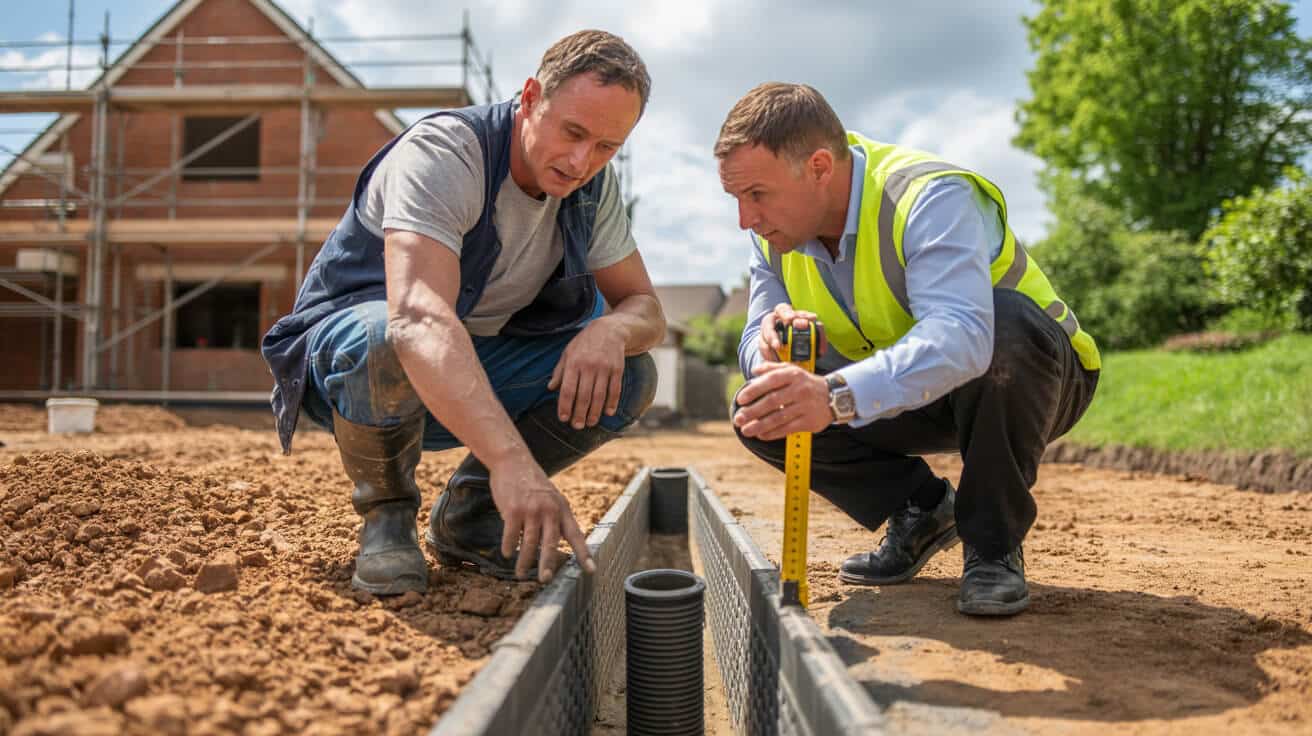
Treat your property’s compliance file as a living asset—shielding you from future uncertainty rather than a dead folder for the drawer.
What Your Compliance File Must Include
- Planners’ consents and all emails: Each decision letter, direct correspondence, and any comments about alternatives tried.
- Survey and specification documents: Show rationale for system choice and detail every material and route selected.
- Commissioning logbook: Required for all new boiler instals per UK law—a benchmark or similar log.
- Photographic records: Before, during, and after every intervention, step, or upgrade.
- Accredited installer credentials: WRAS, G3, MCS, TrustMark—proof of compliant talent.
- Service histories and maintenance logs: These validate ongoing attention and keep insurers and future buyers happy.
When your heating file is thicker than your contract, both buyers and officers relax.
Annual check-ups (WRAS, G3, MCS), kept up to date, make grant funding, insurance claims, and resale far smoother (TrustMark; WaterSafe FAQ; Benchmark logbook).
Best practice: Appoint a single point of heritage heating expertise for ongoing compliance management and handover at sale or let.
What Mistakes Snare Even Diligent Owners Replacing Listed Heating?

Most owners aren’t careless—they simply don’t know where the pitfalls are until it’s too late.
The Traps That Cost Most Frequently
- Relying on “routine” status: “Like-for-like” or “temporary” upgrades usually aren’t exempt if fabric or appearance changes. Over 70% of council enforcements cite “routine” works by non-specialist plumbers ([Fourth Wall BC](https://fourthwallbc.com/blog/what-to-do-if-you-discover-unauthorised-works-on-a-listed-building/?utm_source=openai)).
- Missing photo logs: Failing to photograph work hidden in voids or behind walls leaves you vulnerable in the event of a later dispute.
- Documentation chased too late: Retrospective consent is harder to win than advance sign-off.
- Non-specialist installers: Plumbers or heating engineers lacking WRAS, G3 or MCS accreditations can jeopardise the entire upgrade, even if the works are sound.
- Ignoring surveyor guidance: Without early professional advice, critical reversibility and risk-mapping are often missed.
A stitch in your compliance file often saves a fortune in litigation and sales delays.
Action: When in doubt, call a heritage heating specialist before you alter anything. Plumbers 4U’s team delivers compliance-ready files for landlords, property owners, and agents.
What Does Real-World Heritage Heating Success Actually Look Like?
Finished right, a heritage heating project looks seamless—comfortable, efficient, and invisible to a casual observer, with a paperwork trail regulators and buyers love.
A Case in Point
A Grade II office in central London recently replaced its outdated gravity system with period-appropriate column radiators and smart wireless stats. Plumbers 4U worked with the Block Manager to win early council support, engineered a full reversibility plan, and provided photographic evidence at every stage. The project flew through sign-off, cut energy bills by a third, and secured an insurance discount on the basis of airtight documentation.
Key Factors Behind Success
- Upfront planner involvement: Councils approve what they see coming, not what appears unannounced.
- Designs with reversibility in mind: All new work was mapped for quick, non-destructive removal.
- Fully documented instal: Consent, photos, project logs, certifications, and commissioning records were on hand for every audit.
- Accredited, repeat partners: Relying on proven WRAS/MCS/G3 teams, not just anyone with tools.
- On-going stewardship: Maintenance and repairs always returned to the original supplier, with service logs updated and accessible to the next buyer.
Result: The block’s value and liquidity increased, insurance was easier and cheaper to renew, and handover to the next owner was frictionless.
What Sets a Heritage-Safe Heating Partner Apart?
More than a skilled installer, the right heating partner is your advocate, your compliance manager, and your property protector.
Traits That Distinguish the Best
- Detailed, building-specific design: No cookie-cutter approach. Every plan is tailored to the building’s unique risks and history.
- Direct council liaison: You never face red tape alone. The partner manages all compliance dialogue and holds the correspondence for you.
- Reversible and invisible upgrades: Original features are protected, and all upgrades can be removed if required.
- Integrated compliance pack: You get a binder (digital or paper) with consent, certifications, photos, warranties, and maintenance records.
- Aftercare for the long-term: Ongoing service, annual compliance checks, and guidance for new regulations—all from the same point of contact.
Plumbers 4U brings WRAS, G3, and MCS-certified heritage expertise to every job, from initial survey through planned upgrades and lifetime service. With a single compliance file and proactive risk management, your building’s future is in reliable hands.
True heritage partners are defined by their paperwork and proactive care, not just the pipes and rads they fit.
Book a Heritage Heating Consent Survey With Plumbers 4U Today
If you need to improve heating, make a compliance file buyer-ready, or resolve questions about previous upgrades, schedule a heritage heating survey with Plumbers 4U. Our team arrives with WRAS and G3 credentials, full council-style checklists, and an “evidence-first” approach that solves comfort and compliance in one visit.
Don’t let planning ‘what-ifs’ or uncertainty put your asset at risk. Reach out now—Hector Gauge and the Plumbers 4U heritage team deliver straight answers and a practical plan, protecting both your comfort and your long-term property value. With the right partner, even the most storied building can be comfortable, efficient, and future-proof—without risking your peace of mind, sale price, or reputation.
Frequently Asked Questions
What situations make listed building consent mandatory for heating upgrades, and why do so many owners misjudge the risks?
Listed building consent is mandatory for almost any heating work in the UK that touches the structure, appearance, or historic features of a protected building—yet many owners still underestimate how far that requirement reaches. It’s not just about visible changes like swapping a boiler or installing a cast-iron radiator. Even small tasks, such as smart stat cabling, running pipes behind skirting, or updating valves in the original position, can threaten protected heritage fabric and trigger enforcement. UK planning authorities interpret “alteration” to cover both what’s seen and what’s hidden, including pipes under floorboards, lime plaster behind radiators, or holes made for fixings. Consent is typically required for any work that could disturb, conceal, or damage architectural or historical elements—regardless of intent, routine, or previous council discussions.
Heritage never hides behind the paint—if your work touches the bones of the building, consent is the safest route.
What are the non-negotiable triggers for listed building consent?
- Changing the position or type of radiators, especially if fixings penetrate original stone, brick, or timber.
- Installing underfloor heating if this means lifting, removing, or layering over period floorboards, tile, or flagstones.
- Relocating or upgrading boilers if this changes flue positioning, exterior vents, or pipe routes through protected ceilings or walls.
- Introducing smart controls, cabling, or zoning devices that require routing through or mounting to heritage material.
Are any heating repairs genuinely exempt?
- “Like-for-like” repairs—where you swap out only worn components, working precisely within the footprints and fittings of the original instal—can sometimes bypass full consent, but always require written council approval and documentation for your file.
- Freestanding, surface-level solutions (portable heaters, radiator covers, non-permanent smart controllers) might avoid consent but only where no fastenings touch protected structure.
How do authorities differ in their approach?
- One council may allow basic maintenance with informal notification, another may demand a full application even for a TRV swap. There’s no national consistency, making case-by-case written advice the rule.
At-a-glance summary
| Work Type | Consent Needed? | Core Reason |
|---|---|---|
| Move/add radiator | Yes | Penetrates heritage surface |
| UFH, smart control | Yes | Lifts or chases heritage fabric |
| Boiler swap, flue change | Yes (usually) | Alters external/internal historic fabric |
| Standard repair, no change | Often not | Only if no disturbance / needs written proof |
Consent is about safeguarding both your property and your liability—proceeding without it leaves you exposed to criminal action and costly restoration, no matter how noble your efficiency goal.
How do you maximise heating efficiency in a listed property without falling foul of planning regulations?
You can raise comfort and save energy in a listed building by zeroing in on upgrades that are discreet, reversible, and harmonise with heritage features—never by sacrificing the character that makes your property unique. Planning officers look favourably on a “fabric first” approach: start by improving insulation where historic value is least at risk, such as layering loft insulation above non-original joists, using draught sealing around sashes or doors (with full reversibility), and introducing chimney draught excluders for unused flues. These measures improve warmth with minimal changes to valued features.
Wireless smart thermostats and valves bring modern zoning to traditional radiators, with no need for disruptive wiring or structural holes. Period-fit radiators—chosen for style and size—can replace failing units in original positions while keeping visual impact low. For spaces where extra comfort is needed but fabric is precious, freestanding IR panels offer targeted heating without installation friction. The underlying principle: avoid chasing into walls, running new pipes through period timber, or masking original features.
Progress for a heritage property happens in small, sensitive steps—comfort that doesn’t rewrite the past.
Which interventions hit the “consent-light” sweet spot?
- Loft or underfloor insulation: —layered where fabric is secondary or already modernised.
- Sash window/door draught strips: —removable kits, minimal visual impact.
- Wireless smart controls: —surface-mounted, no chases required.
- IR heating panels: —portable or wall-mounted above later finishes, not on listed fabric.
- Swap of radiator units: —always consult on fixings and routes; use heritage profiles.
Simple compliance comparison
| Efficiency Upgrade | Consent Needed? | Heritage-Friendly Value |
|---|---|---|
| Loft insulation (modern area) | Rarely | Energy saving, invisible |
| Draught-proofing | Rarely | Reversible, discreet |
| Wireless smart stat/zoning | Not usually | Zoned control, no chases |
| IR panel on new surface | Not usually | Local comfort, removable |
| Radiator swap, matched style | Usually | Compromise, aesthetic win |
An expert surveyor or heritage heating specialist can map risk zones and advise tailored efficiency moves—giving you confidence to improve comfort and maintain compliance.
Which modern heating systems genuinely meet both conservation and comfort standards for listed buildings?
The best modern heating systems for listed buildings are those that combine proven efficiency with minimal disruption—both during and after installation. Conservation standards weigh the “legacy” of every intervention: even a high-performance system can be blocked if it damages the building’s heritage. The gold standard is a system that’s largely reversible, leaves historic features visible, and fits within the building’s narrative.
Air source and ground source heat pumps score high, provided external units are sited out of view and plumbing uses existing service runs. Wireless controls and slim, period-style radiators can be tailored to heat specific rooms without cluttering historic walls. Modern column or cast-iron radiators blend seamlessly with traditional style, especially with thermostatic valves that optimise room-by-room heat. Underfloor heating may be green-lit for kitchens or extensions if original floors were already disturbed, but is usually off-limits for main reception rooms unless part of a larger, pre-agreed restoration.
Smart IR heating panels (surface-mounted, removable) and plug-in solutions have become popular, particularly in grade II or II* properties where planners want assurance on reversibility.
System compatibility at a glance
| System | Conservation Fit | Consent Level | Key Benefits |
|---|---|---|---|
| Air/ground source pump | High | Moderate | Reversible, efficient |
| Column/cast-iron rad | Very high | Low | Heritage match |
| IR panel surface-mount | High | Very low | No pipework needed |
| UFH in extension | High (moderns only) | Moderate | No visible legacy |
| Wireless smart stat/TRV | Very high | Very low | Non-invasive zoning |
Planning documentation, including before-and-after photos, clear zone mapping, and installer credentials, is the fast-track for planner trust and owner peace of mind.
Why does unauthorised heating work in a listed building trigger such severe legal and financial penalties?
Unauthorised heating work in a listed property means you risk more than a slap on the wrist—it can derail your finances, your future sale, and your peace of mind for years. UK law treats unconsented work as a strict liability criminal offence, with unlimited fines, enforcement notices to rip out new systems, and the risk of being forced to reinstate historic fabric at your own cost (often far higher than the original instal). There’s no statute of limitations—enforcement can be triggered by survey, sale, or insurance review, not just by a council visit.
Even invisible upgrades can haunt your valuation and halt a sale—no legal paperwork, no peace of mind.
Typical owner consequences:
- Unlimited fines under Planning (Listed Buildings and Conservation Areas) Act.
- Orders to remove modern materials, even if they raised efficiency.
- Commissioning and warranty void—most insurers will void cover or grants.
- Mortgage refusals and asset-flagging: buyers and lenders walk away from a “tainted” listed property.
Table: Financial risks and legal aftershocks
| Unconsented Upgrade | Usual Council Action | Potential Outlay/Fine |
|---|---|---|
| Boiler/flue, no consent | Strip, reinstate, fine | £15,000–£100,000+ |
| UFH, historic floor | Demolish, relay floors | £5,000–£35,000+ |
| Cabling/wiring routes | Re-plaster, reinstate fabric | £2,000–£10,000+ |
| Document gaps (no proof) | Freeze EPC/grant/insurance | Ongoing lost benefit |
No matter how solid your upgrade is in technical terms, lack of consent nukes asset value—so it pays to unify every step with accredited, compliance-focused expertise.
Which documents and audit steps create a “future-proof” record for heating upgrades in a listed property?
A future-proof compliance record for listed heating projects is built on five key principles: document early, capture everything, file digitally and in print, keep it updated, and tie every installer step to accredited credentials. Start with a site survey and photo log mapping all historic and modern areas to be affected, noting finishes and original features. As you compile consent documents, specs, and installer qualifications (WRAS, G3, MCS, TrustMark, LABC notices), index each item for council, lender, or buyer review. Every phase—survey, planning, instal, commissioning, aftercare—should include signed and dated proof, supported by progressive photo logs and clear cross-referencing.
The owners with the neatest files sell quickest and sleep easiest—confidence for buyers, agents, and insurers alike.
Stepwise audit-ready file structure:
- Baseline survey: annotated, dated photos of all systems and finishes.
- Planning permissions: all correspondence, approvals, and method statements.
- Installer accreditations and commissioning sheets: for boilers, cylinders, controls.
- Work-phase documentation: before/after photos and signed scope for each stage.
- Ongoing maintenance: annual logs, updated by accredited engineers.
Instant reference checklist
| File Section | Who Needs It | When Reviewed | Renewal/Update |
|---|---|---|---|
| Survey/photos | Council, buyer | Start, sale, audit | Every upgrade phase |
| Permission/correspond. | Council, lender | Before/during works | Every substantial change |
| Installer certification | Buyer, insurer | Sale, grant, renew. | At each system/service update |
| Work progress photos | Buyer, agent | End of each phase | Immediately |
| Service/aftercare log | Insurer, owner | Annually | Each maintenance/service visit |
Indexing files so they’re “audit-forward” isn’t just insurance—it increases sale value, shortens conveyancing, and unlocks fast-track grant eligibility for future improvements.
How does working with heritage heating experts like Plumbers 4U simplify listed compliance and protect your asset’s value?
Heritage heating professionals, such as the specialists at Plumbers 4U, function as both technical upgrade partners and guardians of your legal position—delivering peace of mind from first survey to aftercare. These teams don’t just deliver neat pipework or high-efficiency radiators; they build a full “compliance chain” that includes council-friendly surveys, watertight consent applications, “method statement” documentation, and a step-by-step instal roadmap. Experienced heritage engineers liaise directly with conservation officers, smoothing approvals and heading off objections with photographic records and annotated plans. The result is a seamless cycle: technical upgrades, legal compliance, and future-proofed documentation all aligned.
Plumbers 4U’s accredited staff (WRAS, G3, TrustMark) use heritage-appropriate materials and methods to complete upgrades that blend in with your building’s storey—while ensuring the finished job is as reversible and recoverable as required by law. They close every project with owner training, digital files for agent and lender review, and reminders for annual service. This is what keeps value high through audits, insurance, and every sale.
The most sophisticated heat in a heritage building is peace of mind—compliance and comfort, guaranteed in writing.
Plumbers 4U advantage for listed property owners:
- Consent-ready preparation: full survey and risk mapping, tied to application and council liaison.
- Accredited works: certified engineers instal to heritage standards, with warranty and grant eligibility.
- Audit and compliance file creation: digital and print records, phase-by-phase.
- Friendly instruction and aftercare: clear owner handover, with reminders to keep records active.
- Lender, insurer, and buyer-ready: files that sell value and support every next step.
Protect your historic asset—and enjoy modern comfort in every season—by starting your compliance journey with a survey and audit check from Plumbers 4U. Your building’s legacy matters; so does your peace of mind.

